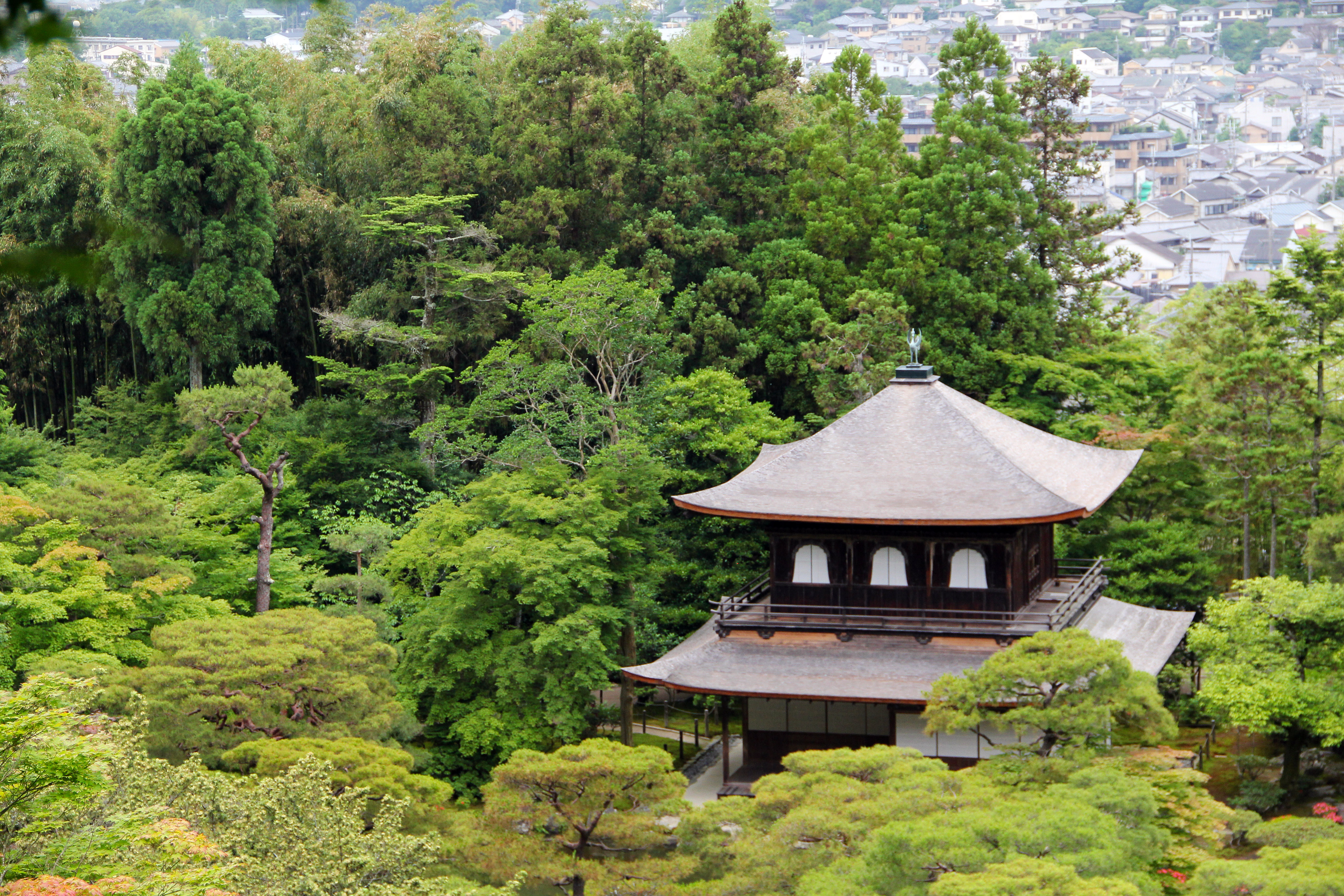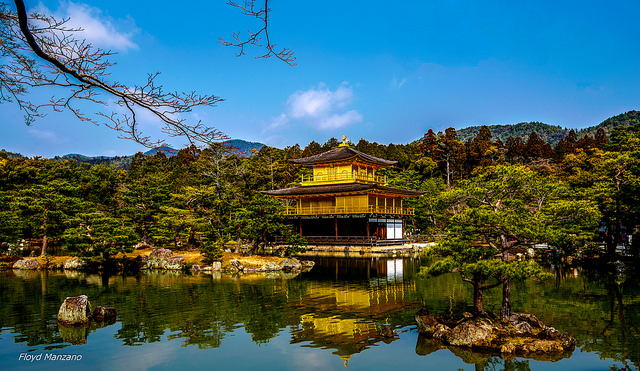Kyoto’s Least Peaceful Temples
The Japanese city of Kyoto is home to thousands of Buddhist and Shinto temples. But although they are beautiful, many of Kyoto’s most popular temples are nothing more than overcrowded tourist traps where you’ll be hounded by camera-toting tourists, pushy wannabe guides, and obnoxious souvenir hawkers. If you’re on the hunt for inner peace, tranquil surroundings, or just a relaxing day of wandering around a historical temple, then you should avoid these popular Kyoto temples.
Kinkakuji Temple
Kinkakuji is possibly the most popular temple in Kyoto, which means that it’s typically quite crowded. The main pavilion is coated in gold, giving the temple the name “Kinkakuji,” or “gold pavilion.” The pavilion itself is ostentatious, but the gardens surrounding it are beautiful and worth a short visit. It could be a thought-provoking contrast between the pageantry of material wealth and the modest beauty of nature, or it might be a few hours of incessantly bumping into other people. If you have time, stop for a few photos of the gold-coated pavilion and then leave.
Ginkakuji Temple
This simple yet aesthetic complex was built as the retirement villa for a 15th-century shogun. Not to be confused with Kinkakuji, this temple was built to emulate the golden temple. The name means “silver pavilion,” as the main structure was originally intended to be coated in silver, just as Kinkakuji was coated in gold. However, the silver coating was never applied and the building remains a plain wooden two-story pavilion. The temple offers several gardens, including the “Sea of Silver Sand.” However, like Kinkakuji, the Ginkakuji temple can be quite crowded, and isn’t the place to find inner peace.
Kiyomizu Temple
Another of Kyoto’s most popular temples, Kiyomizu was built to honor Kannon, the goddess of mercy. The temple is built high on a hillside, offering beautiful views of the city below. Unfortunately, its popular status means that it’s nearly impossible to have a peaceful moment to yourself here. The area surrounding the temple is quite touristy, with many shops selling souvenirs and kitschy ‘traditional’ items. The temple is beautiful and worth a visit, as you can take some gorgeous photos here, but keep in mind that you’ll likely be unable to focus on the spiritual experience with so many tourists milling around you.
Katsura Imperial Villa
Though not actually a temple, the Katsura Imperial Villa is a cultural treasure of Japan. However, if you’ve seen the Shugakuin Imperial Villa, then you won’t be terribly impressed by Katsura. This villa features several large buildings (unlike Shugakuin, where all the buildings are small), but otherwise has lovely tea rooms and gardens similar to Shugakuin. It’s located on the western side of Kyoto, opposite of the Shugakuin villa, and an advance reservation is necessary. The real downside of Katsura is that all visitors are unfortunately required to go on a guided tour, and are not allowed to roam the premises freely at any time. The tours are in Japanese only, although audio sets with other languages are available. It’s worth a visit if you are interested in the imperial families of Japan or traditional Japanese architecture and gardening, but don’t expect to find much time for finding inner peace on the tour.


